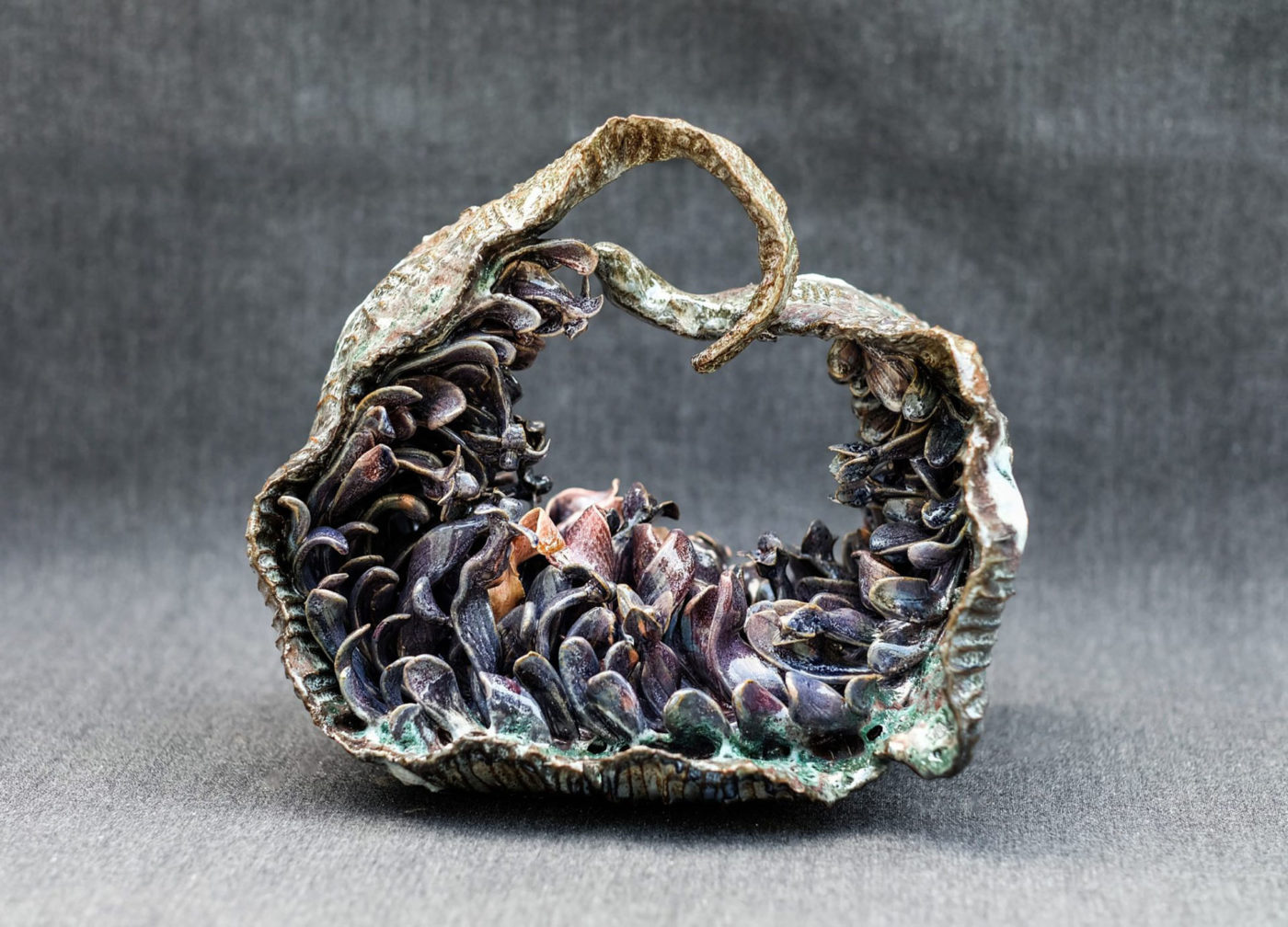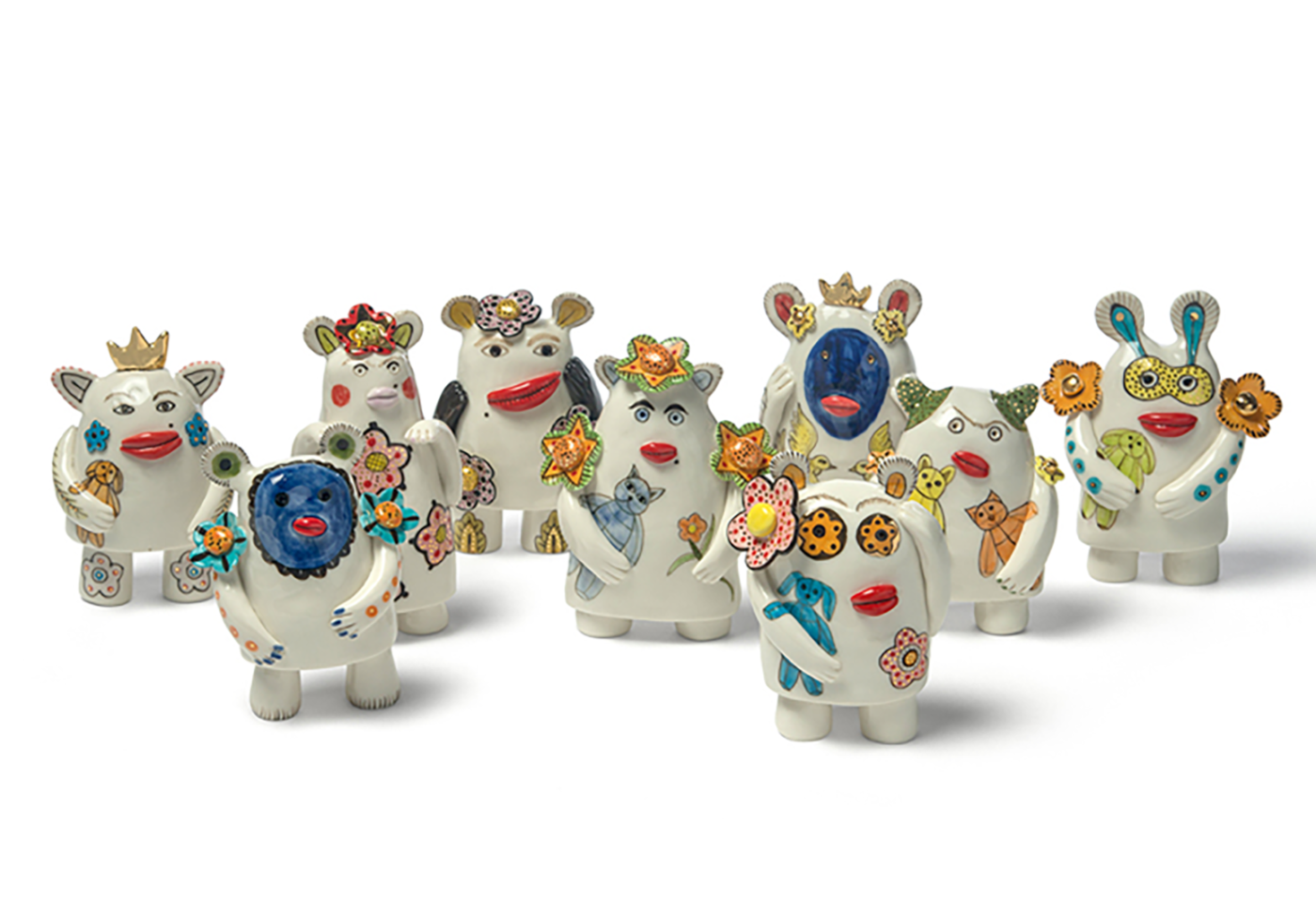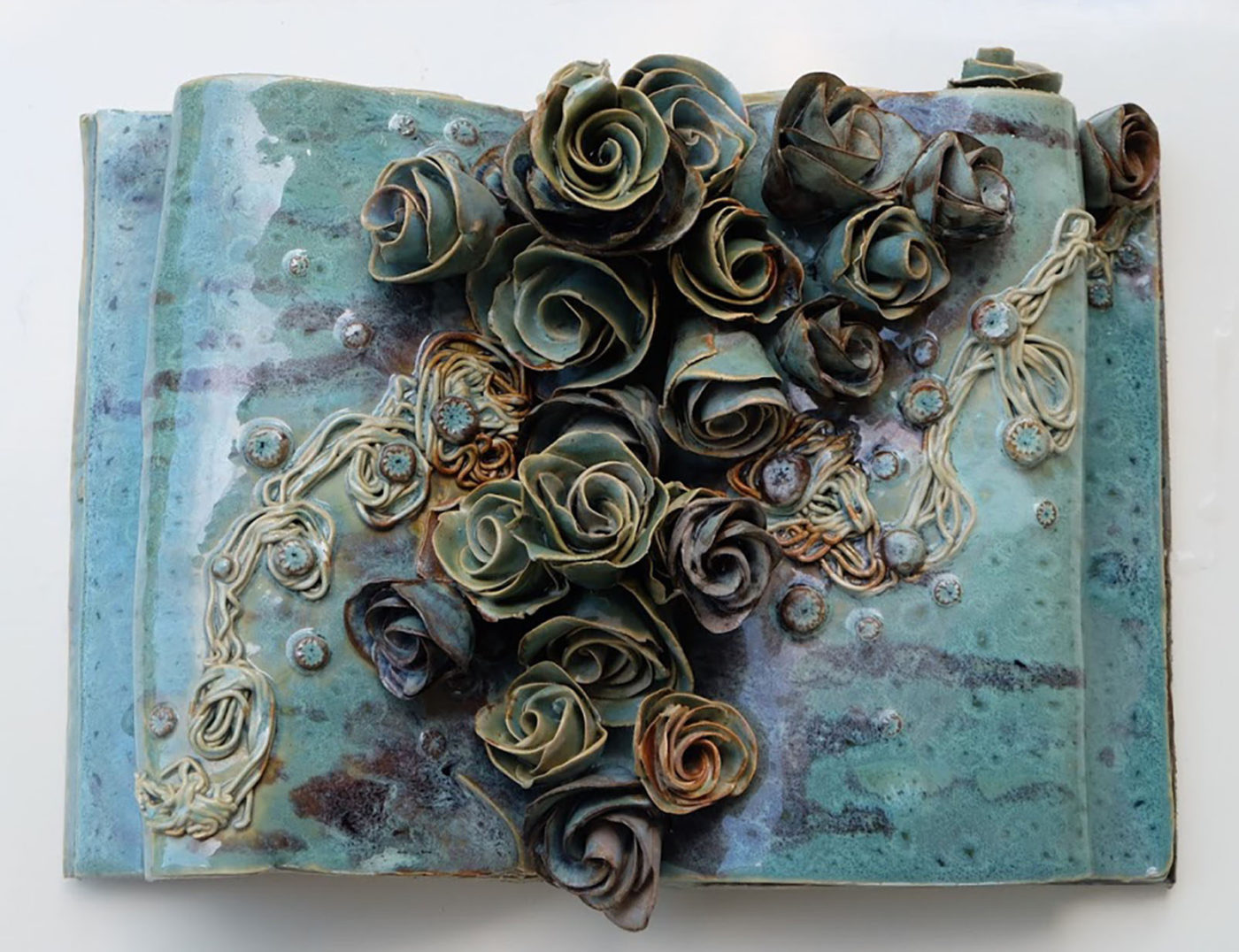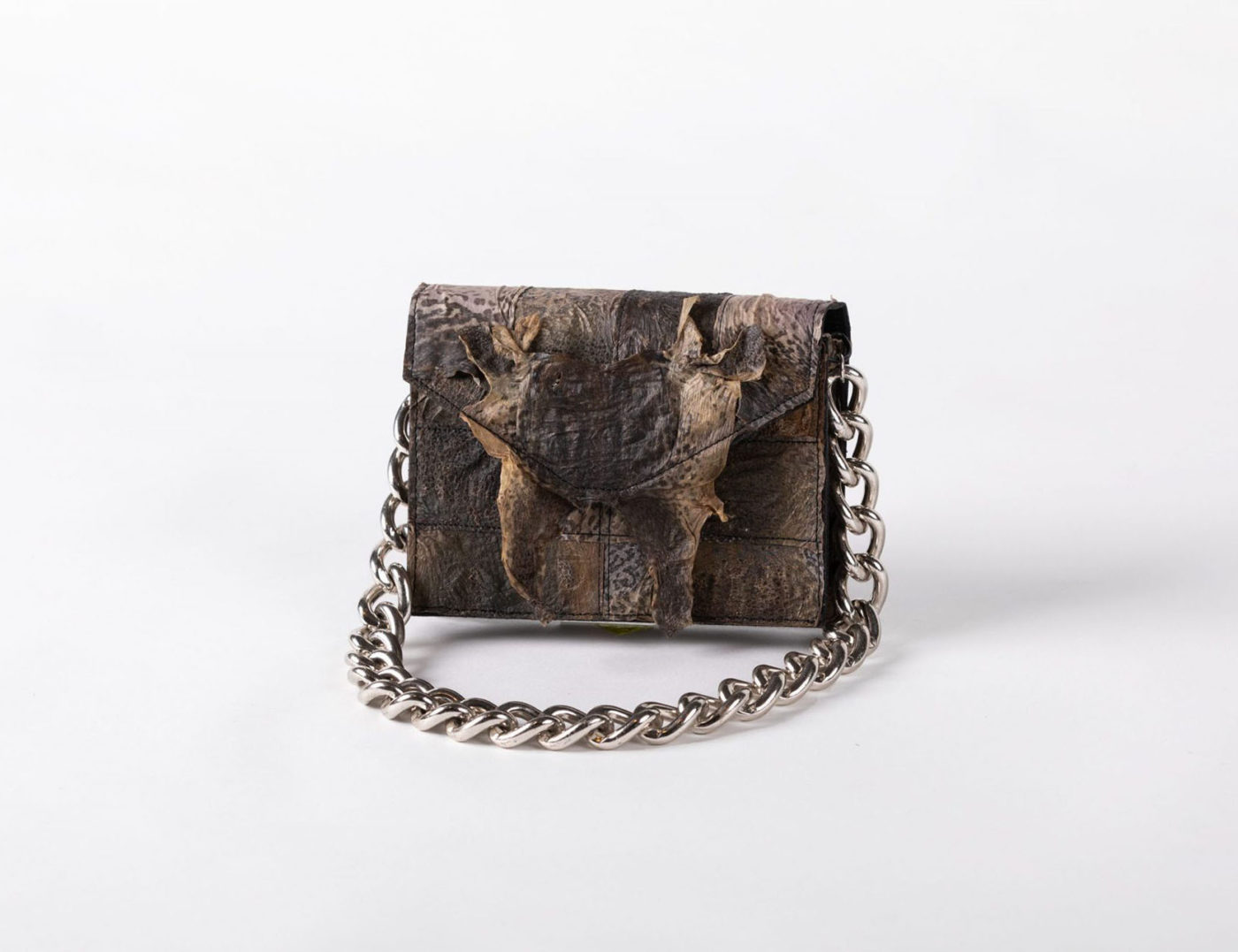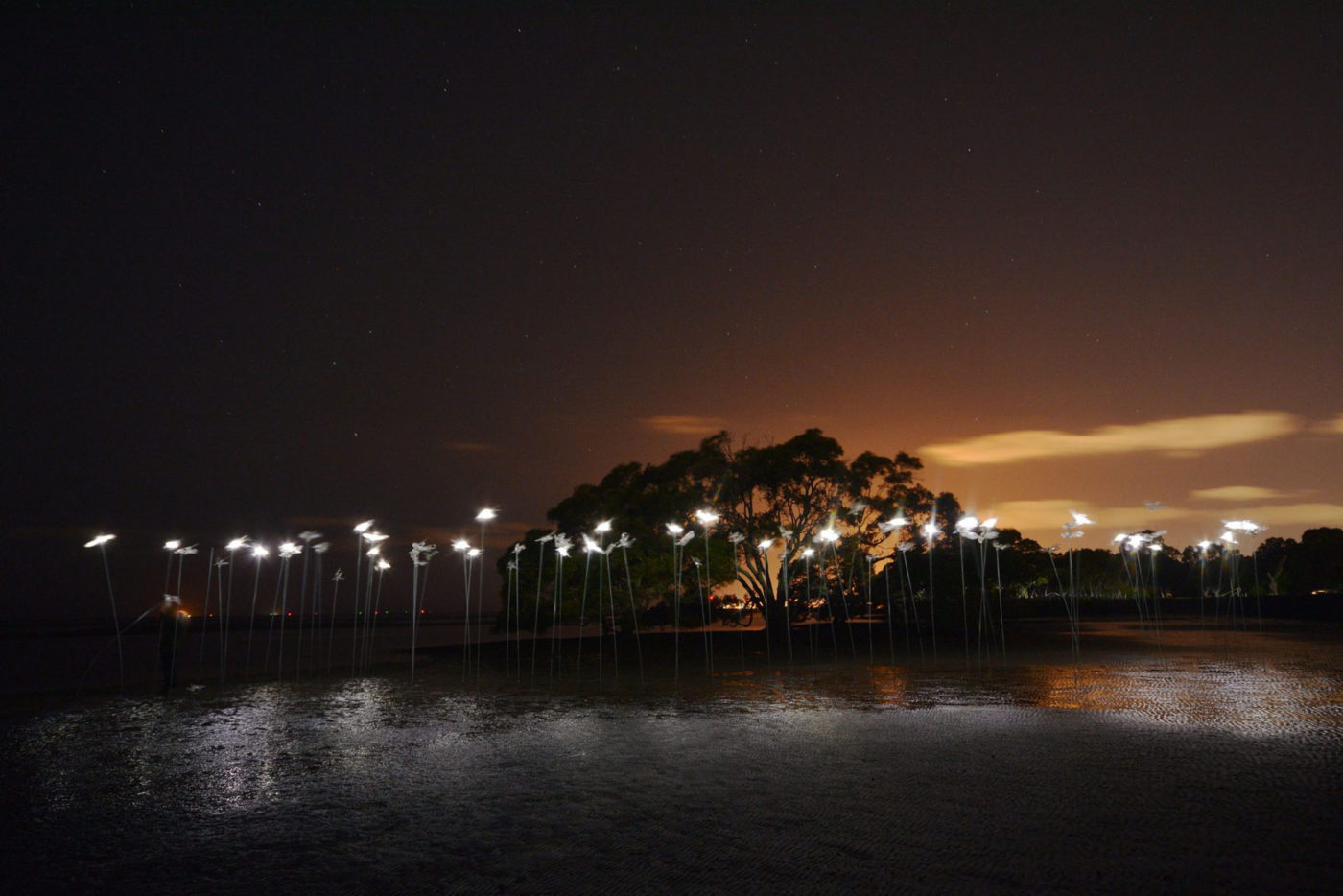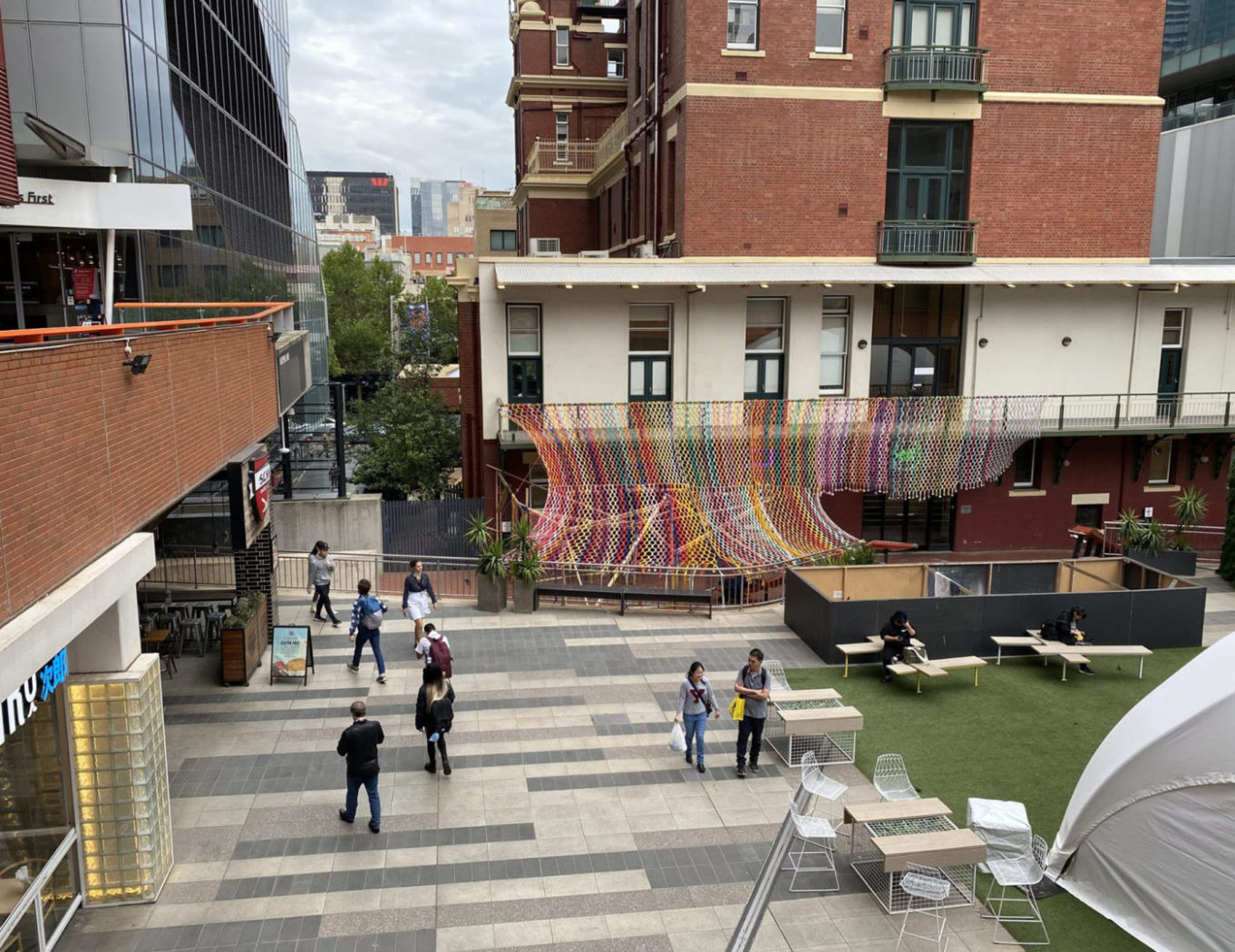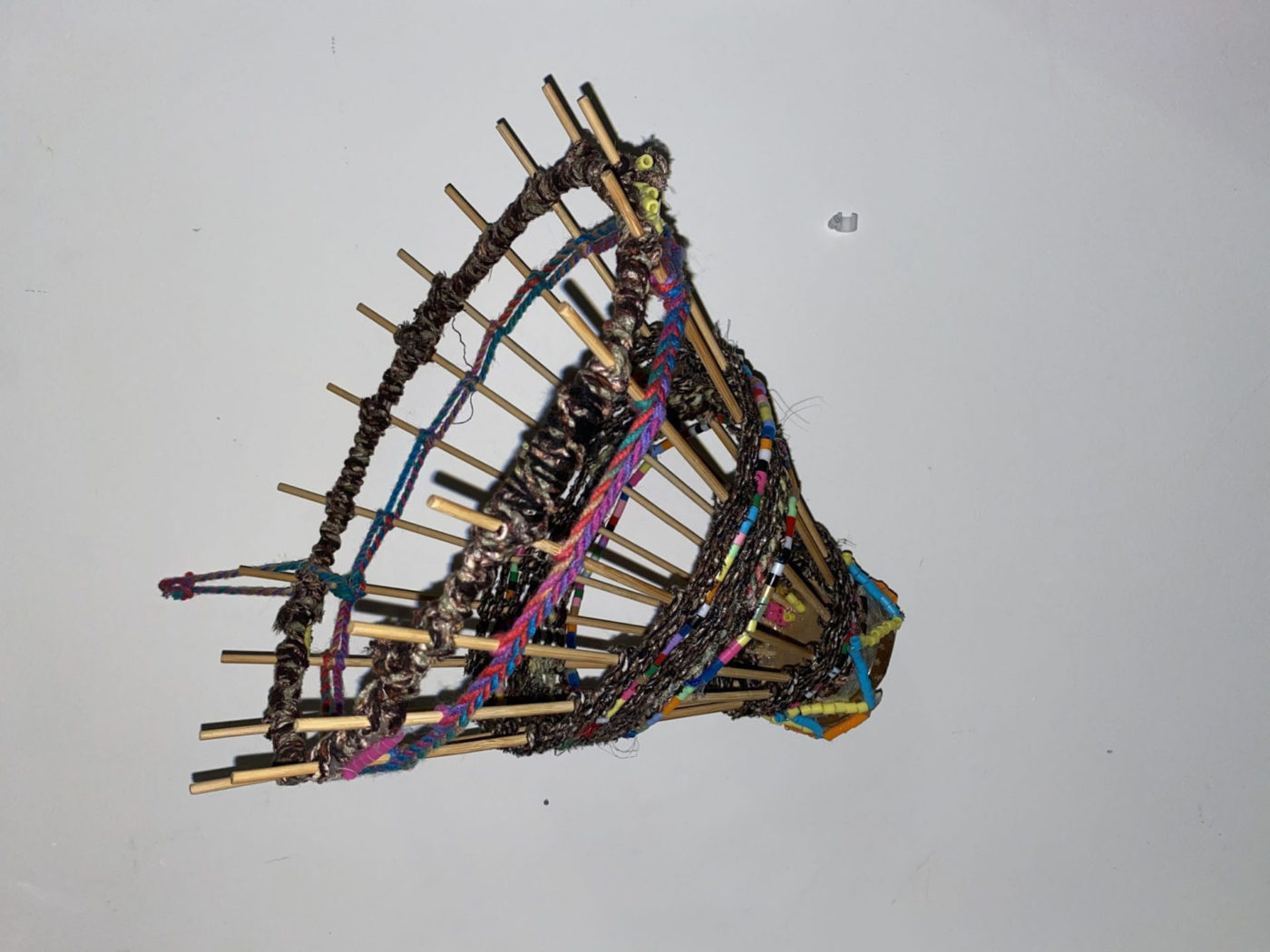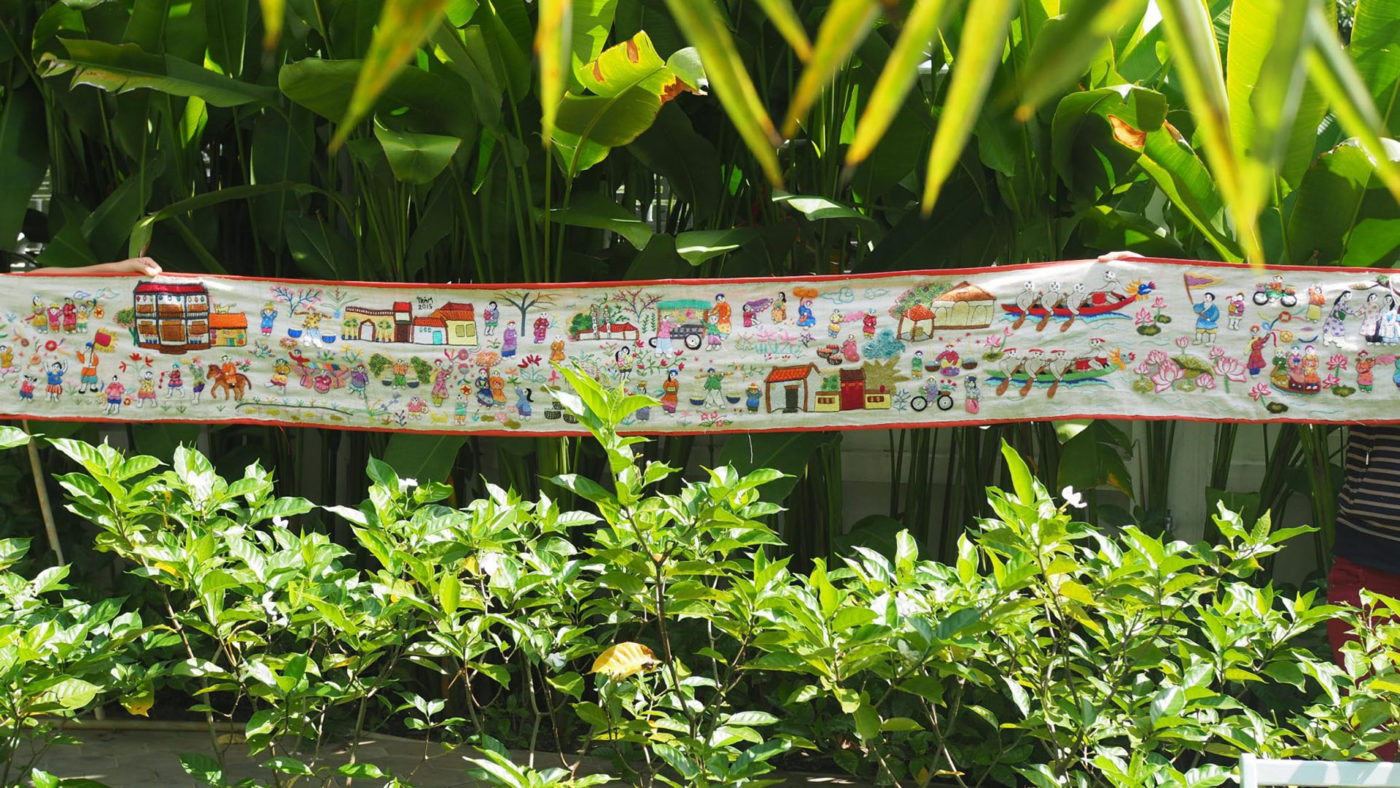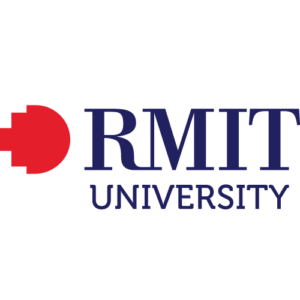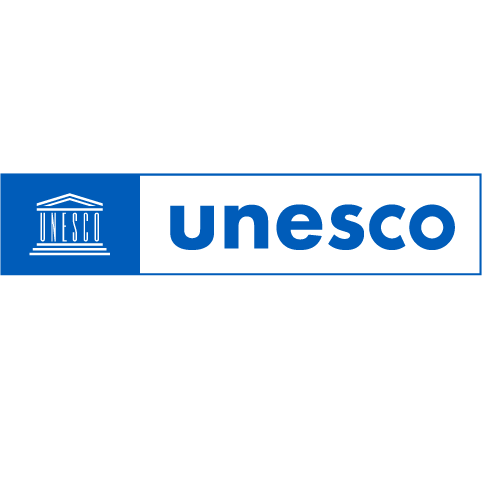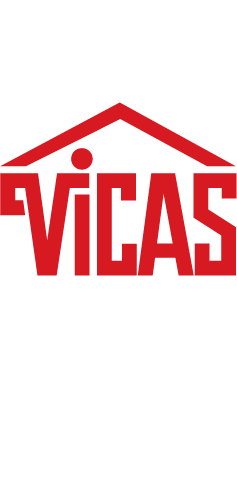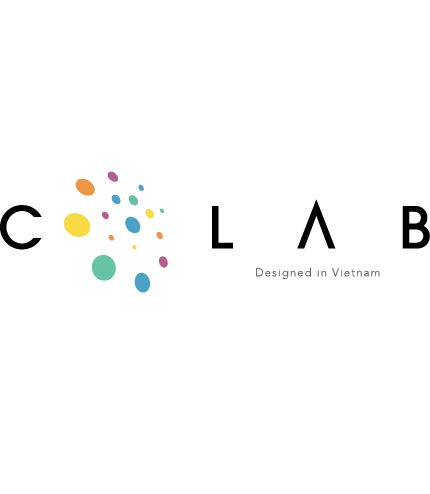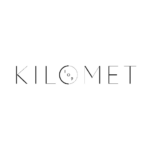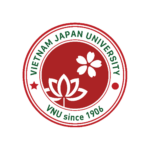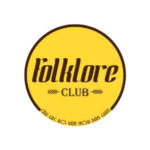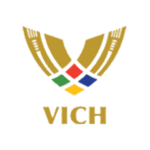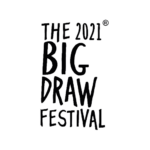Taking place from 9 November 2020 to 12 March 2021 on RMIT Gallery website, the online exhibition “Skilled Hands, Shared Culture” is a collaboration between Vietnam National Institute of Culture and Arts Studies, RMIT University (Melbourne, Australia) and Vietnam Handicraft Exporters Association (VIETCRAFT).
“Modern” handicrafts in the hands of people
Taking place from 9 November 2020 to 12 March 2021 on RMIT Gallery website, the online exhibition “Skilled Hands, Shared Culture” is a collaboration between Vietnam National Institute of Culture and Arts Studies, RMIT University (Melbourne, Australia) and Vietnam Handicraft Exporters Association (VIETCRAFT).
To learn more about the exhibition, we sat down with representatives of the event organisers: Dr. Nguyen Thi Thu Ha, Director of VICAS Centre for Assistance and Development of Contemporary Arts (VICAS Art Studio), representatives from RMIT University (Melbourne, Australia), as well as Vu Kim Thu and Dr. Vicki Couzens representing the Vietnamese and Australian artists joining the exhibition. Read more below.

“Modern” handicrafts in sustainable development
One of the key objectives of the exhibition Skilled Hands, Shared Culture is to “reassert the important fundamental role of arts, crafts, and creativity in the sustainable development in both Australia and Vietnam, as well as contribute to the sustainable development of the relation between handicrafts and professional designing in the modern context”, shared Ms. Nguyen Thi Thu Ha. An RMIT representative said “The exhibition plays an important role in the Vietnam-Australia cultural relations.”
Participating in the exhibition are 8 artists and artisans from Vietnam and 10 of the counterparts from Australia, with the consultancy of VIETCRAFT and Dr. Vicki Couzens, Vice Chancellor of Indigenous Research Fellow.
In this exhibition, Dr. Vicki Couzens wants to convey the message that the development of traditions needs to closely accompany the indigenous communities, while also integrates certain innovations to adapt to the modern context. Thus, apart from traditional embroidered textiles of indigenous peoples, she also touches on the stories on the possum fur coats, the sacred works of art of Yuin people in south-eastern Australia. These fur coats take the image of their holy Mother Mountain “wearing her cloak when the mists veil the peak…” Along with sustainable development, in accordance with animal protection policies, the Yuin no longer hunt, opting instead to import possums from New Zealand. In that manner, “tradition” has been modified to adapt to the modern context.

Vu Kim Thu, an artist from Vietnam, has a different approach in combining traditional materials with a modern look. The houses and the city skylines have been portrayed in detail on traditional zó paper. On her creative thinking, she shared that the result itself is not important. What matters is the creative process, the meticulous and attentive labor put into each delicate paper sheet, constituting a never-ending process.
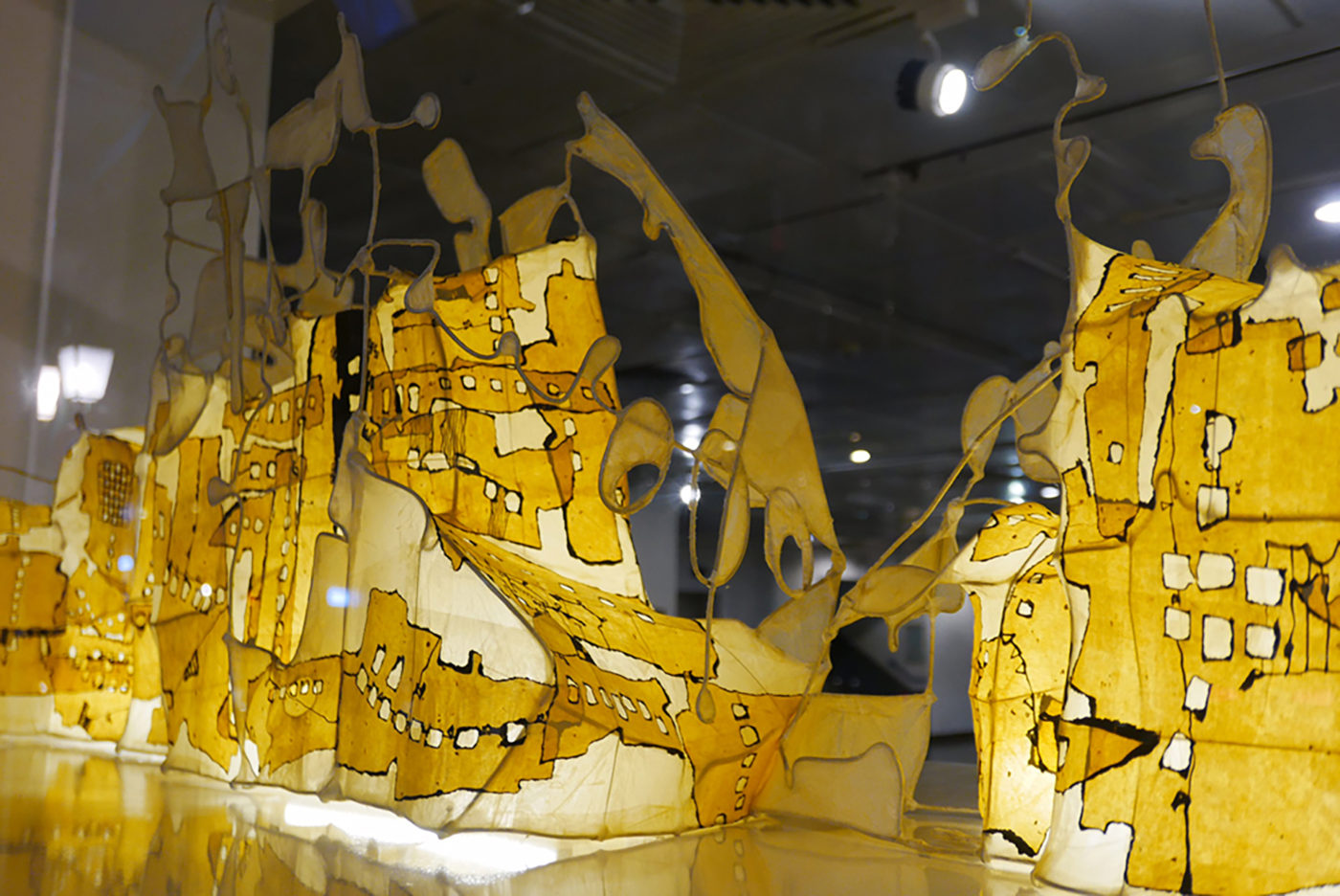

A tour of the exhibition
Vicki Couzens and Vu Kim Thu are only two artists among many taking part in “Skilled Hands, Shared culture”. Check out some of the exhibiting artworks below!
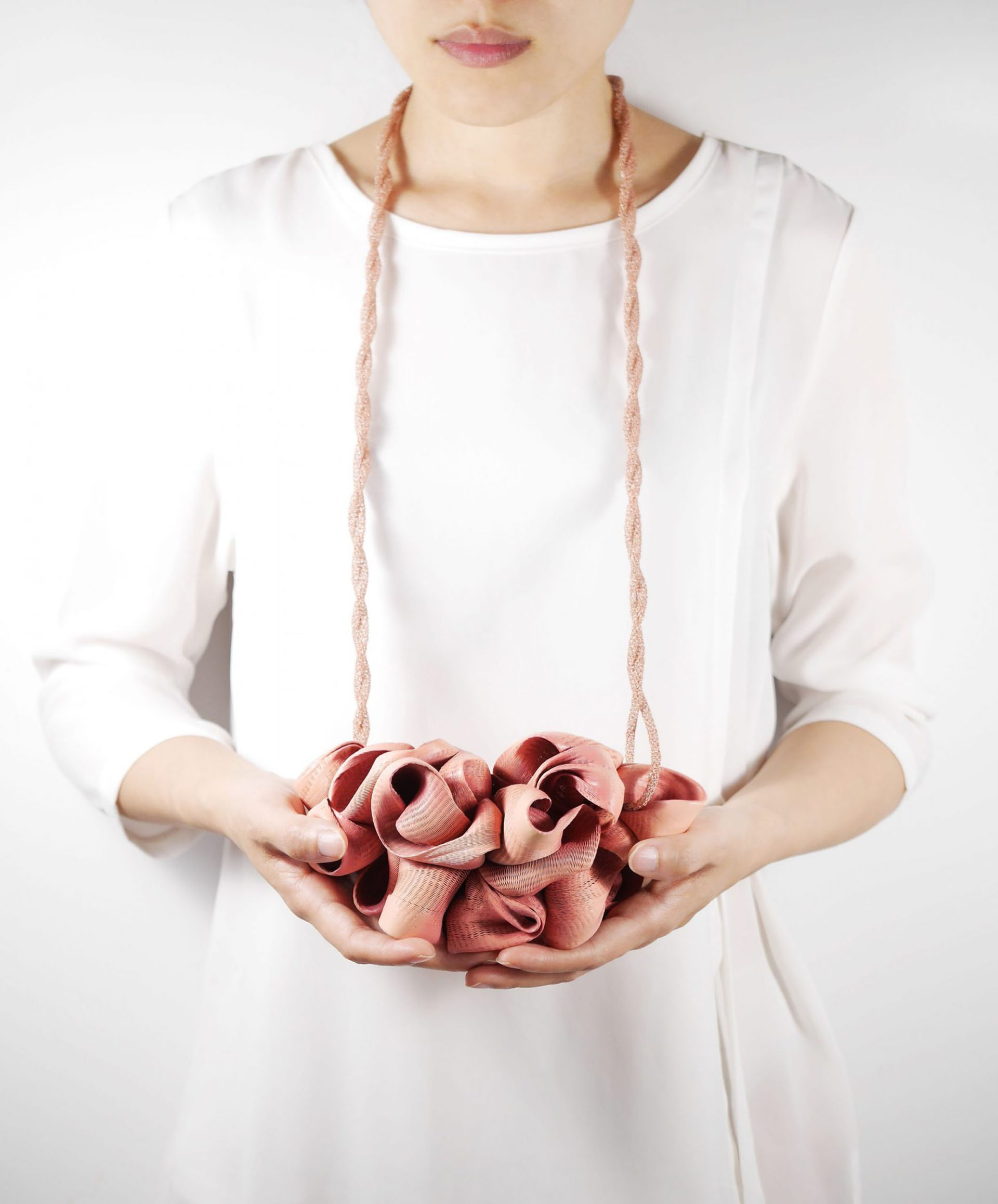
Yu Fang Chi, a Taiwanese artist – curator currently based in Melbourne, recreates the ambiguous relationship of the body, gesture, and jewellery. Her Inner Crease_ Entwine series made with mesh, copper, metallic car paint, thread, and steel wire somehow turned forgotten stories visible and offered alternative narratives for interpreting them.
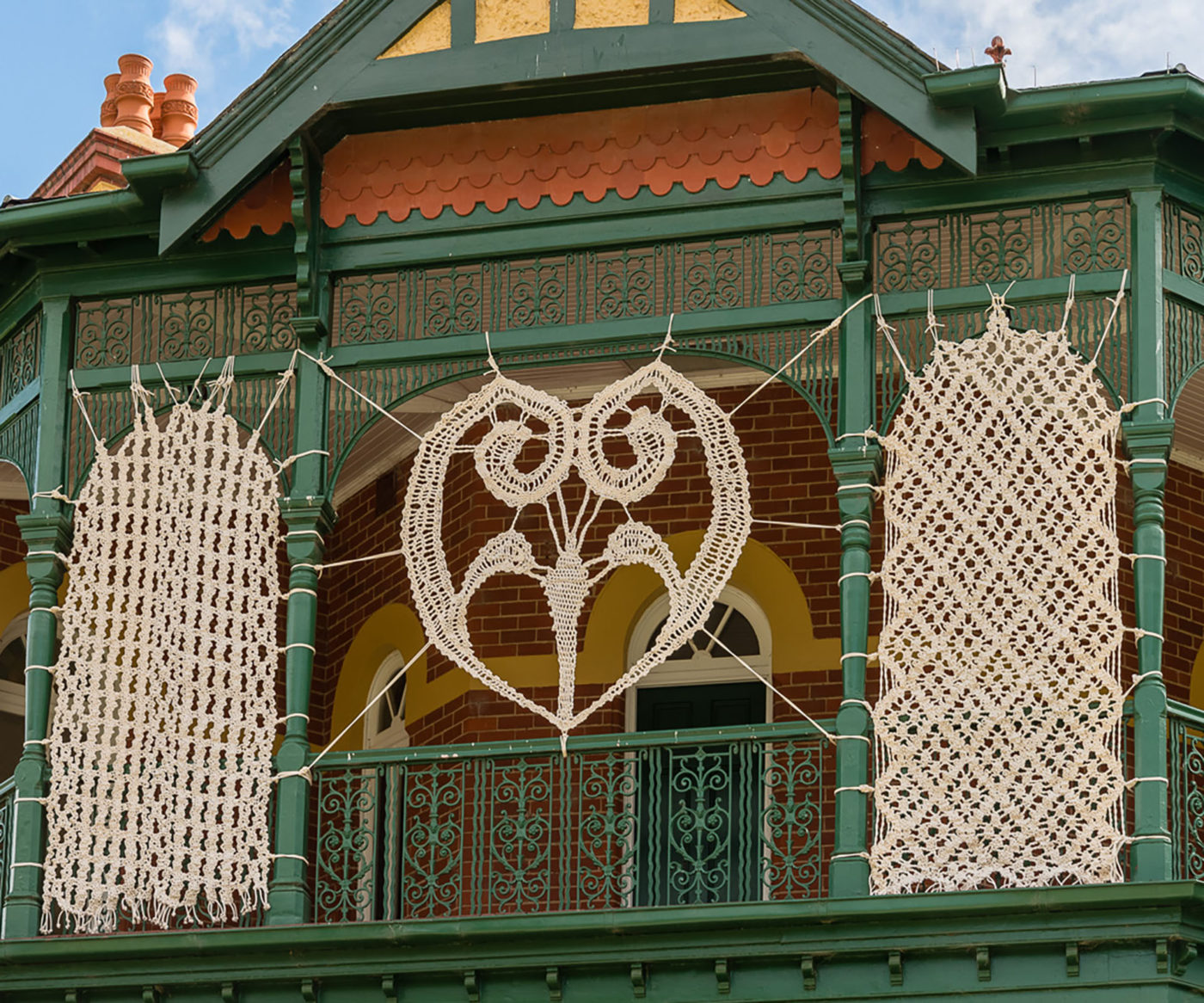
Holding a Master’s degree in Public Art, Lindy de Wijn used traditional lace techniques on a larger scale and presented them in new ways. Her work Connection Craft Lab + – Bundoora Homestead in 2018 used over two kilometres of rope on the facade of Bundoora Homestead and attracted the attention of many passersby.
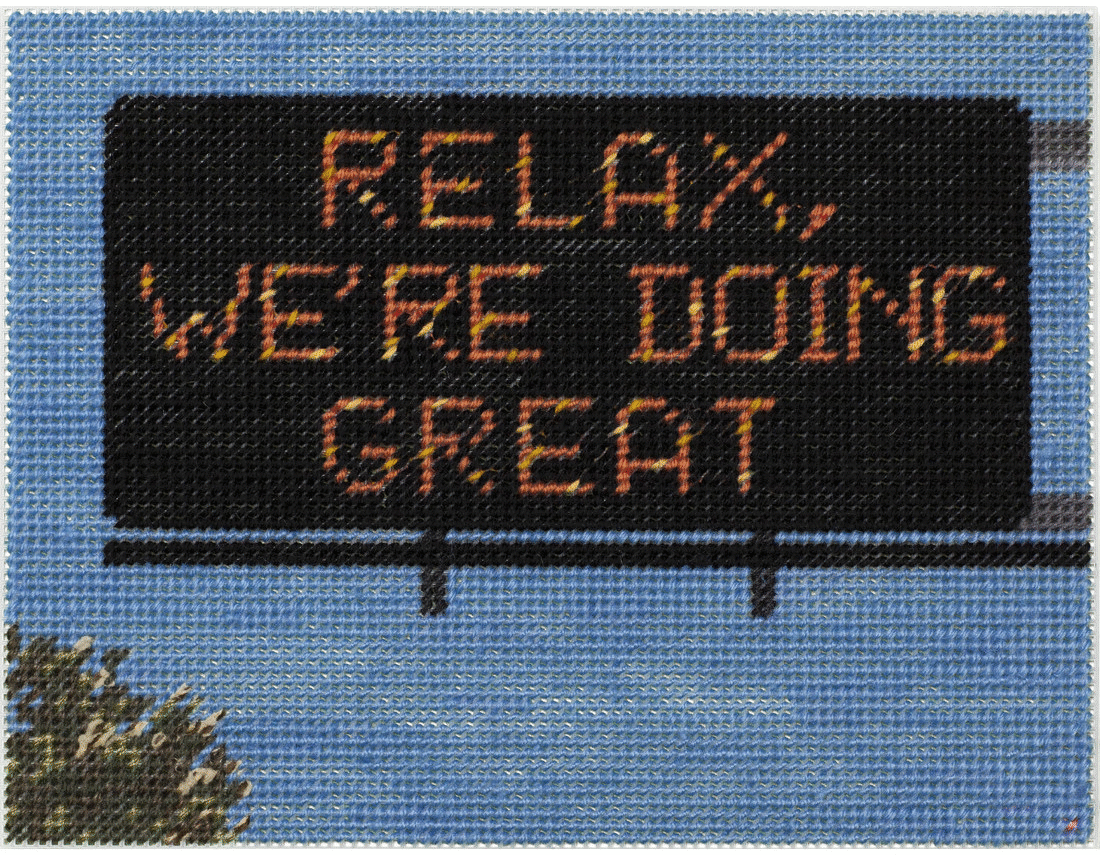
In the time of COVID, Michelle Hamer brings the slogan “Relax, we’re doing great” into her hand-stitched artworks on perforated fabric. These shareable GIFs highlight the mixed messages that connect us through our collective panic. All works maintain the same base layout with changing text and skies, mimicking the flickering of LED billboards and emphasising the bombardment of instructions and statements from global leadership. Billboard text ranges from instructional to confusing, inspirational to in-denial & even epidemiologically dangerous rhetoric.
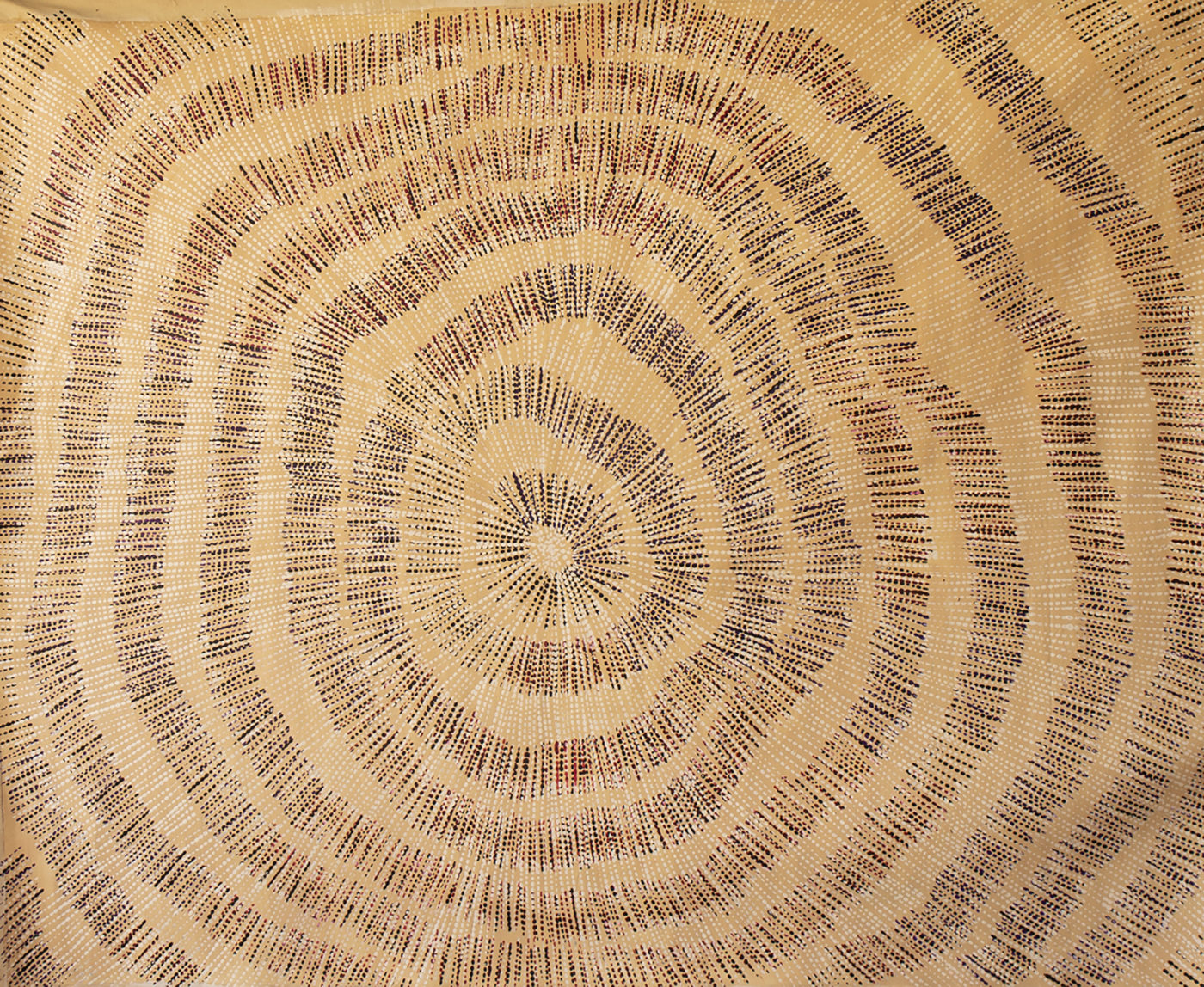
Kieren Karritpul is a Ngen’gi wumirri designer from Nauiyu Nambiyu community, Daly River in the Northern Territory. Working primarily with screen printed fabric, Kieren layers with hand painting and lino blocking to make the designs kinetic. His textiles are unique, complicated and very detailed, cleverly matching layered designs with different colour combinations.
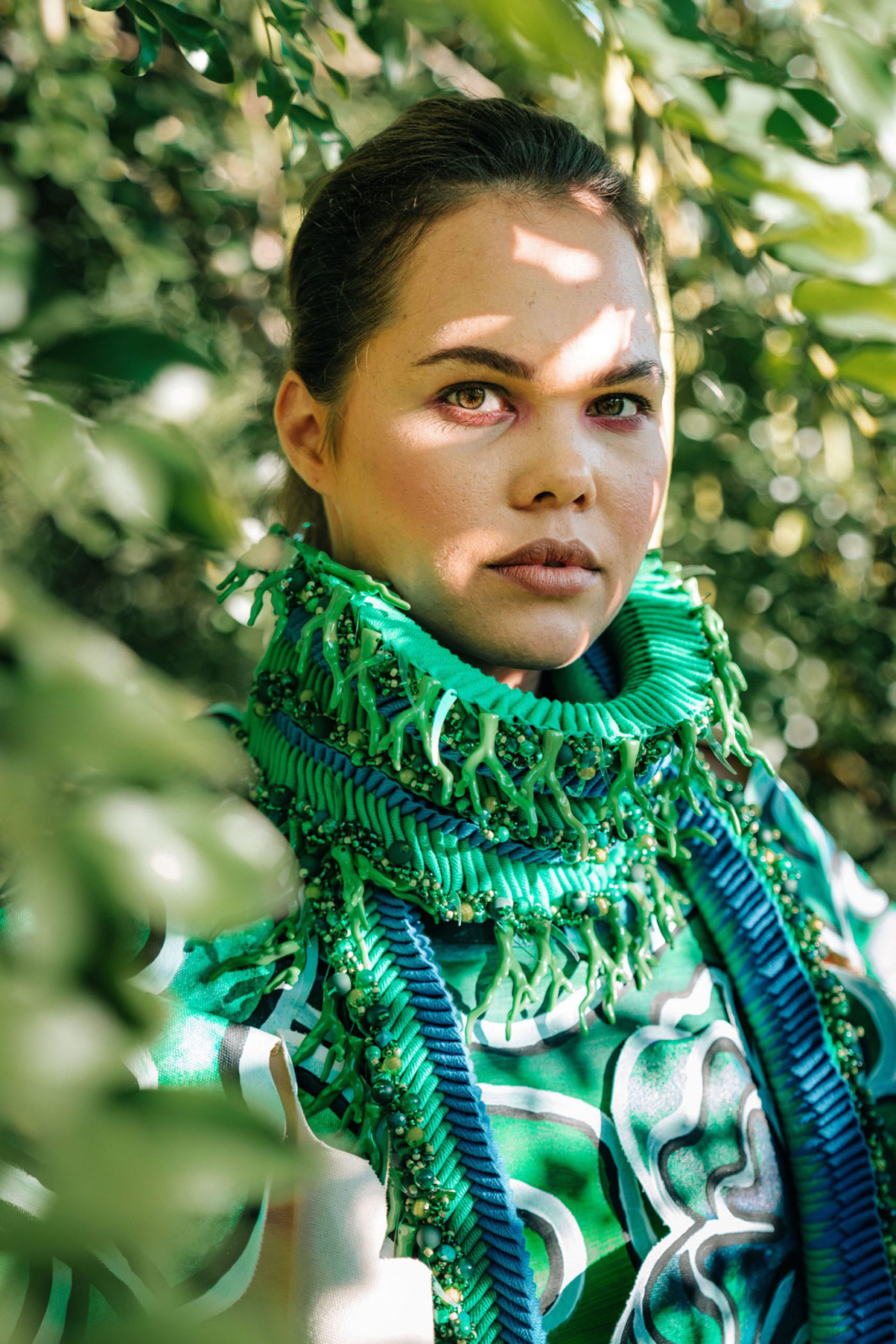
Grace Lillian Lee is one of Australia’s leading indigenous artists and designers. Her aim is to guide members towards developing their art into fashion and adornment across a contemporary platform. Green Illusion reflects her exploration of her identity as a descendant of the Miriam Mer people from the Eastern Island of the Torres Straits. The work celebrates and explores this journey through creating body adornment as a way to communicate and further understand the complexities of the narratives which have been passed down to her.
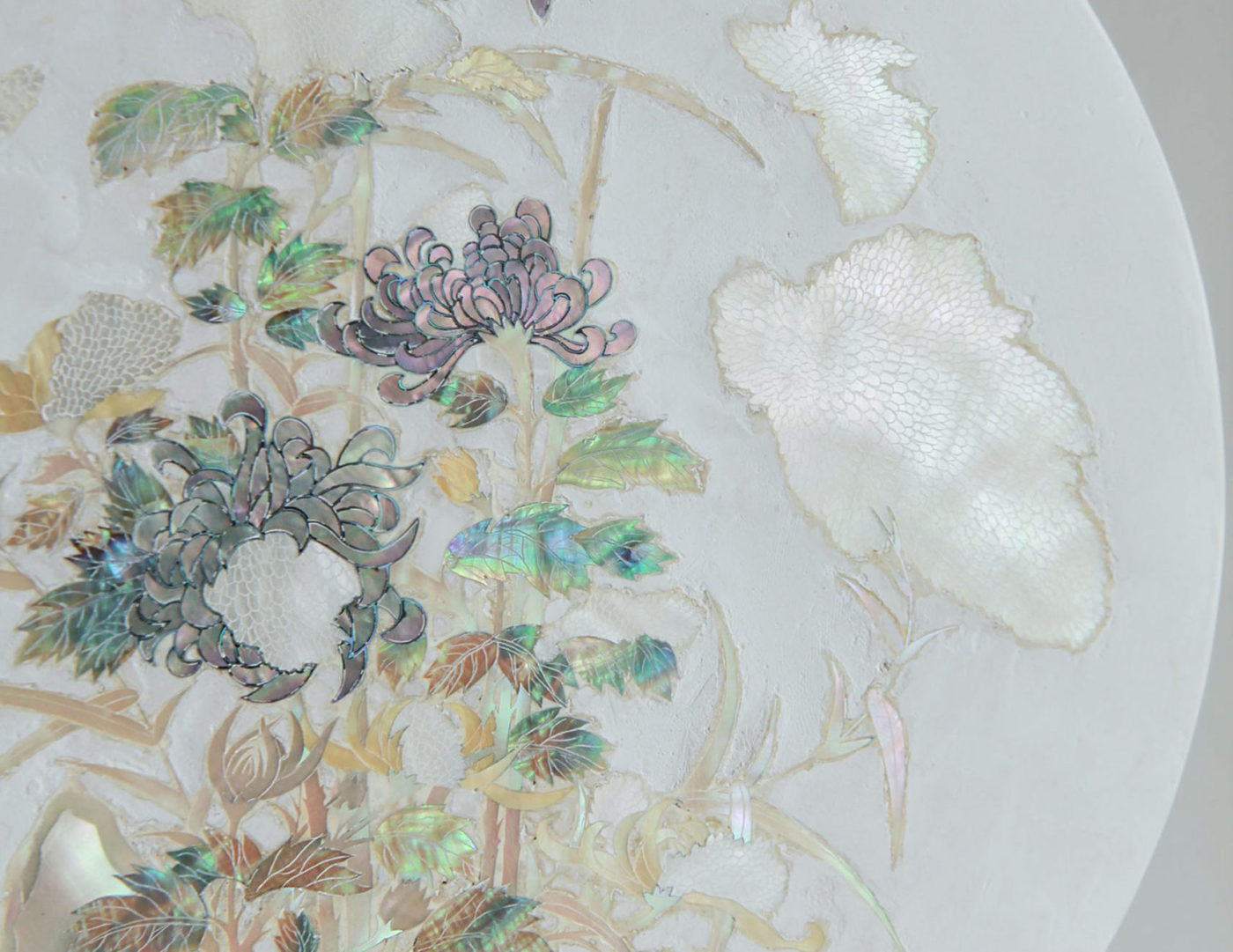
Lê Giang’s artistic practice examines the function of humans in nature and their social structure. Her works, exploring various mediums including coal, plaster, paper, recycled plastic, depict how nature would react to the disappearance of humans. The One Who Chews The Betel Is Mute is the prime example of that examination.
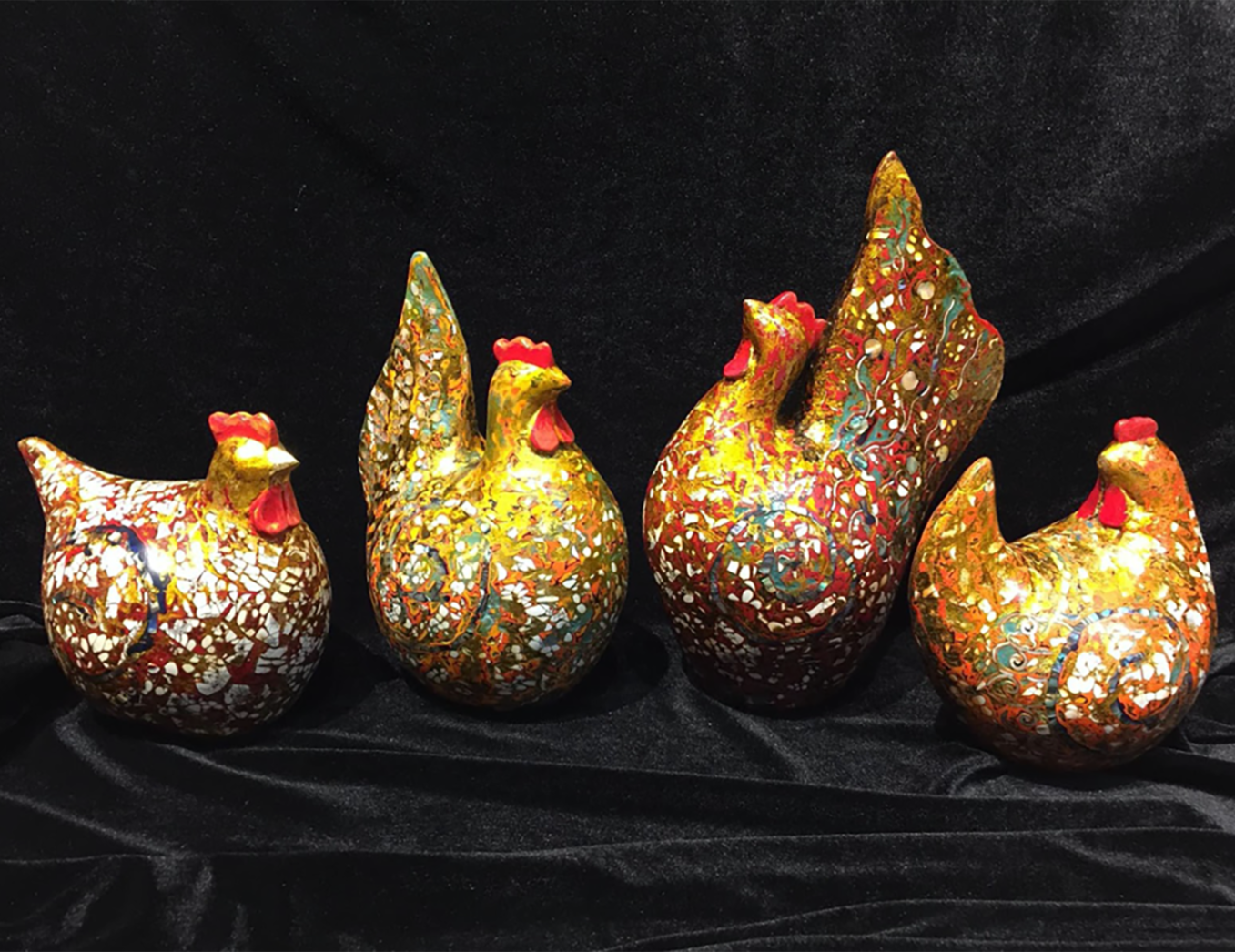
Nguyen Tan Phat created numerous lacquer works inspired by the cultural symbols that are close to Vietnamese family life. Chicken Family Statue has a pure beauty that is closely related to many of Vietnam’s traditions as an agricultural country. These images also express happiness, development, growth and hard work, just like what Vietnamese lifestyle is about, while keeping their own beauty, in their own way.
Please click on the blue squares for more information on each art piece.
Artworks from Australian artists show how the use of traditional materials and techniques could tell the story of today: for instance, through the traditional lacing techniques with more than two kilometres of cotton rope in the works of Lindy de Wijn, or the unique toad leather bags by Lia Tabrah and Perina Drummond. The artists have presented new artistic discourses rich in individuality. Yu Fang Chi aims to make forgotten stories visible and offer alternative narratives for interpreting them, questioning the relationship of the body, gesture, and jewellery, recreating the ambiguous relationships between body, gestures, and accessories. Michelle Hamer, with her hand-stitched artworks on perforated plastic, reflecting the cliché slogans by the media during COVID. All of them have been united, as stated by RMIT, in the same spirit of “recreating, reimagining a tortuous history of Australia by amplifying the voices of its local artists.”
On the Vietnamese artists, the representative from RMIT believes that “Vietnamese artists have a lot for others to learn from, with their vibrant, lively artworks coming from a rich, centuries-old traditional culture”. This is evident in the works present in the exhibition. Nguyen Tan Phat brings to the project his lacquer artworks inspired by the rural culture of Vietnam, with the image of the chicken flock. Ngo Trong Van presents a range of fine ceramics, while Vu Thao highlights the issues of sustainable fashion in her latest collection. Every one of them has brought their own personality and uniqueness into their works, which were created with materials and techniques used in Vietnam’s traditional handicrafts.
The most interesting of this exhibition is the way it has highlighted the many similarities between Vietnamese and Australian traditional materials. The difference, thus, lies in the way each artist, each artisan breathes life into each artwork. Some recreated the craft works of indigenous peoples like in their original forms, others used the same materials and presented them in brand new ways. On this experience, Nguyen Ha said: “It’s such an exciting experience! […] Basically, crafts comprise just as many fields and materials, but there are similarities right in the creative practices. Thanks to that, artists and artisans from both countries gain more in-depth knowledge on the practices of one another.
Vietnamese artists have a lot for others to learn from, with their vibrant, lively artworks coming from a rich, centuries-old traditional culture.
It is evident that the human factor lies at the core of this exhibition. Diving in, we could also see how the course of history has influenced these works of contemporary artists. That means in each artwork, beyond the creative ego and the “skilled hands” of the artists is the shared understanding of one another’s arts and traditions, the “shared culture”.
Especially, the exhibition is taking place virtually on the website of RMIT Gallery. Representatives from Australia and Vietnamese all believed that while there are certain disadvantages and it could hardly replace a physical exhibition, the online platform remains an optimal choice. “To realise an exhibition like this with Australian artists present in person is a challenge that requires immense resources. But taking it online, individuals from both countries can connect and interact at any time during COVID-19”, said an RMIT representative.
Written by Dinh Nguyen
Graphics by Rongchoi
Translated into English by Dinh Vu Nhat Hong
Kindly credit VFCD 2020 when sharing the article.
Please do not copy or repost without permission.



